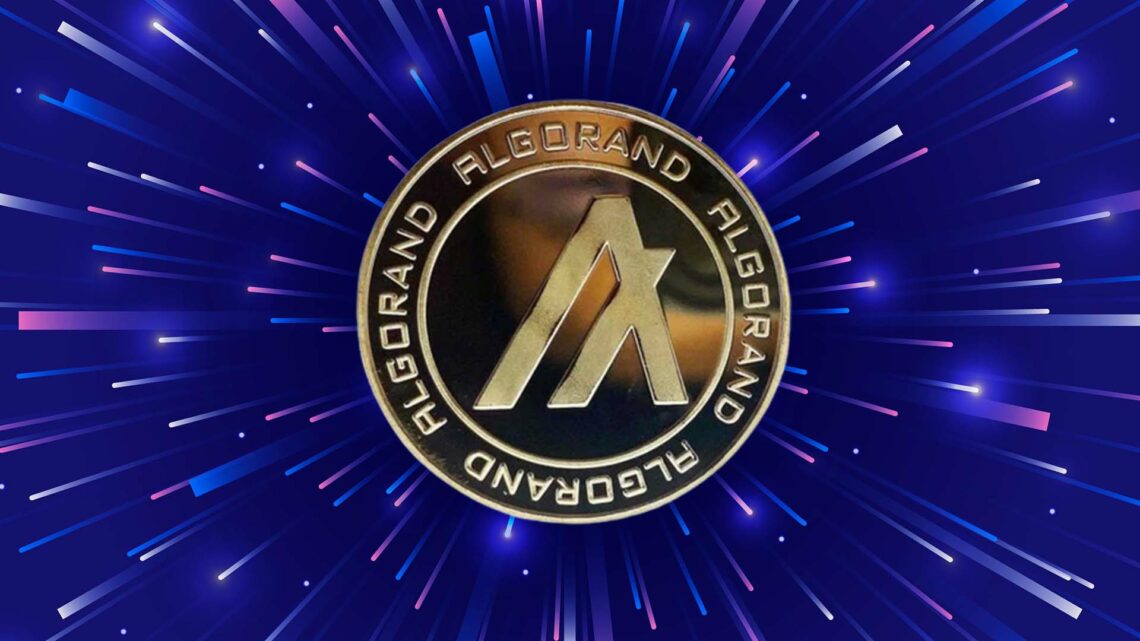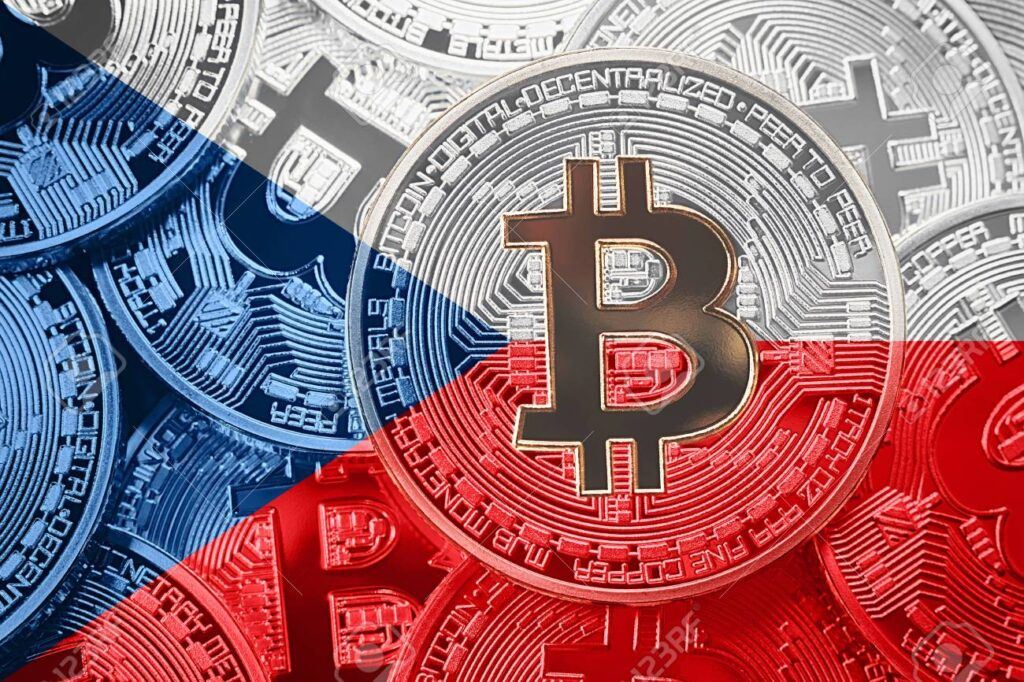Algorand (ALGO) crypto is at a pivotal moment, testing a major resistance zone for a potential breakout.
With 2,466 active nodes globally and increasing adoption, a flip of resistance to support could ignite a strong rally. That would position ALGO for $2.0 in 2025.
Algorand Crypto at a Critical Resistance Zone: Bullish Momentum Ahead?
According to crypto analyst Steph, Algorand is at a crucial juncture as it tests a major resistance zone.
The token price action is breaking out of a typical long-term classic bullish reversal unsettling pattern, descending wedge.
As the wedge formed due to narrowing down trendlines, it suggests selling pressure has been decreasing gradually, making way for an upward momentum.
A decisive flip of the $0.32 resistance zone into support would also set a key turning point for ALGO. That could initiate a significant rally.
– Advertisement –

If resistance area is successfully broken out, it will confirm reversal pattern and propel ALGO towards a powerful uptrend.
The price trajectory projected on the chart hints at an ambitious target of $1.20 or higher. This is a huge upside from where we sit right now.
However, if it does act as support, then it will provide a good floor for a strong bullish move, taking both retail and institutional investors in notice.
Going along with the wider market recovery trends, the technical set up seems to be in line for bullish play for the Algorand crypto.
With Algorand nearing this major level, the market volume surges will validate a breakout. If the current resistance zone fails to find support, then it will prompt a lower retest.
The Algorand Node Network has now Reached 2,466 Active Nodes
The network’s rapid expansion and high quality are shown in that Algorand crypto now has 2,466 active nodes.
The blockchain is backed by these nodes to encourage decentralization and an operationally resilient solution.
Between hosting providers, we see a more healthy diversity, where Amazon leads at 298 nodes 13%, Hetzner follows at 226 10%, and Comcast, Vultr, and DigitalOcean also contribute a lot.
The unique diversity of the clients helps in mitigating centralization risk, thus improving network reliability as a whole.

The most common running versions are 3.27, which is 1,359 or 59%, and 3.25, which is 539 or 23%. The implication of this is a well-maintained network upgrading to the latest protocols.
Updates such as these are critical for remaining secure, compatible with decentralized applications (dApps) and efficient in general.
Global Distribution: U.S. and Europe Lead the Way
Geographic analysis of Algorand nodes shows a very strong share in North America and Europe, while 38% of all nodes are in the USA.
Next are the other significant countries, which are Germany at 13% and Great Britain at 8%, thus reflecting the critical role played by Europe in providing the infrastructure of the blockchain.
The blockchain’s increasing popularity in diverse parts of the world is manifested through this global participation.
Also, in the heatmap Asia, emerging contributions are marked by hotspots in Southeast Asia and Australia.
Though smaller in scale compared to North America and Europe these areas are markets of potential growth as Algorand crypto adoption increases.
This results in a global spread of nodes that strengthen the network decentralization and enforce the reliability of nodes over different timezones.
Why Algorand Crypto Needs a Decentralized Future
Algorand’s nodes are distributed and aligned for version, which shows a well-structured network ready to scale.
Having multiple hosting providers from varying locations means there are no single entities or regions to dominate the network, so it is extremely resilient.
With this robust infrastructure, Algorand is a leading blockchain solution for building decentralized applications, enterprise use cases, and DeFi platforms.
Algorand crypto heads into 2025 robust with a 2,466 node foundation. By expanding its network, it shows faith in its technology and a rising user base and is set to play a crucial role in the future blockchain ecosystem.








